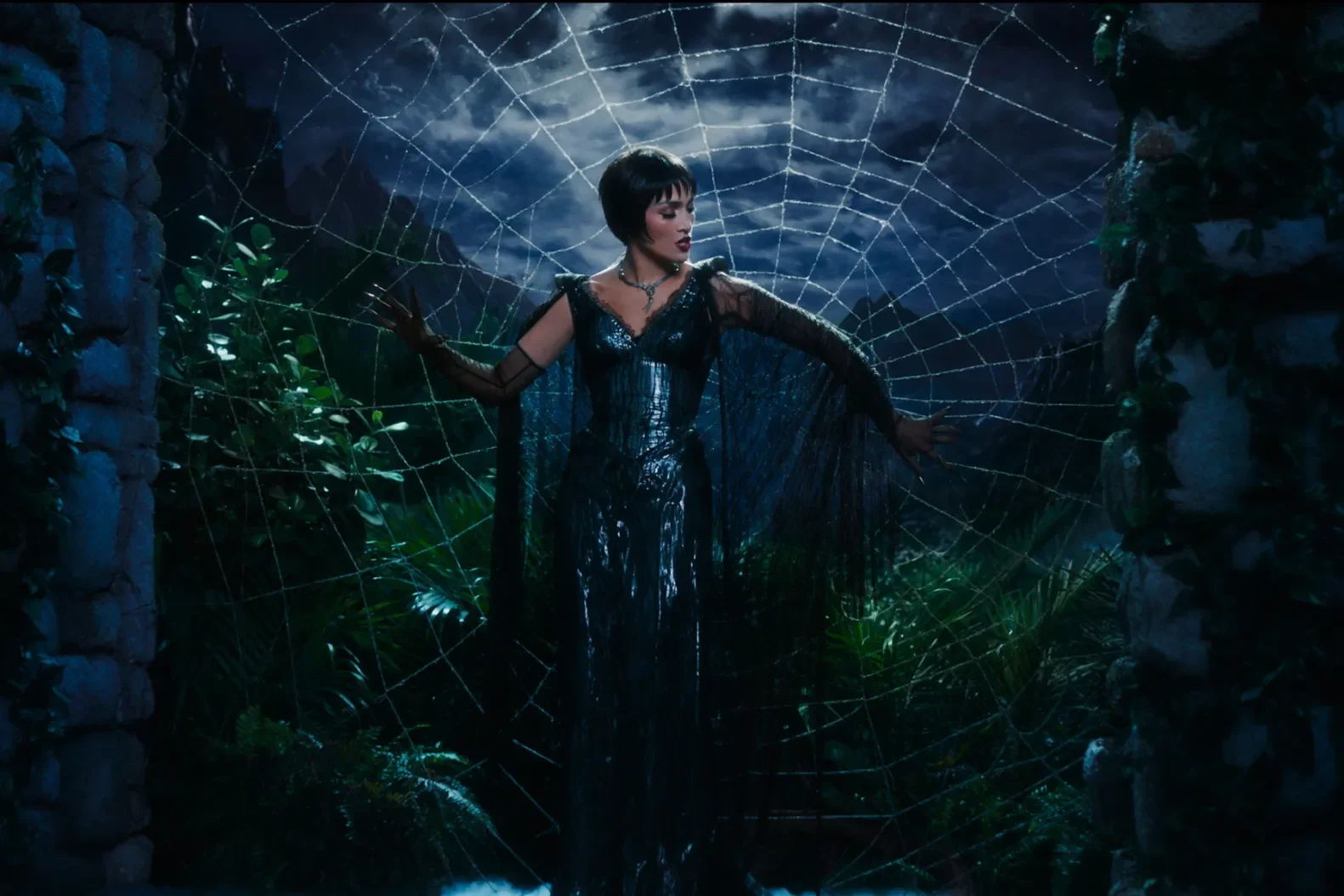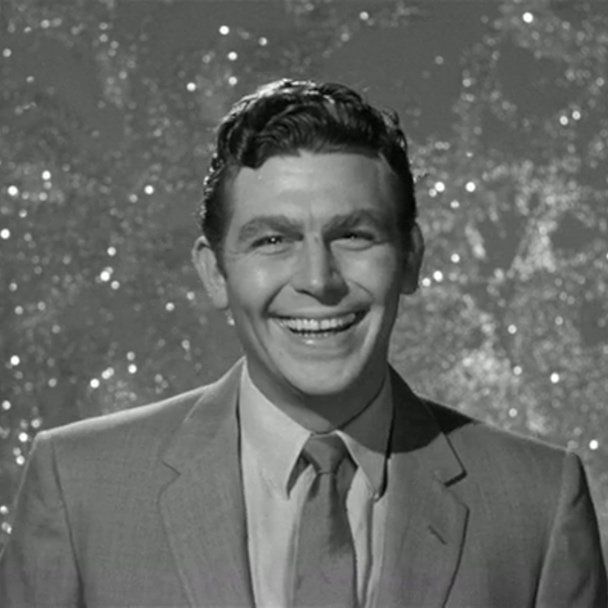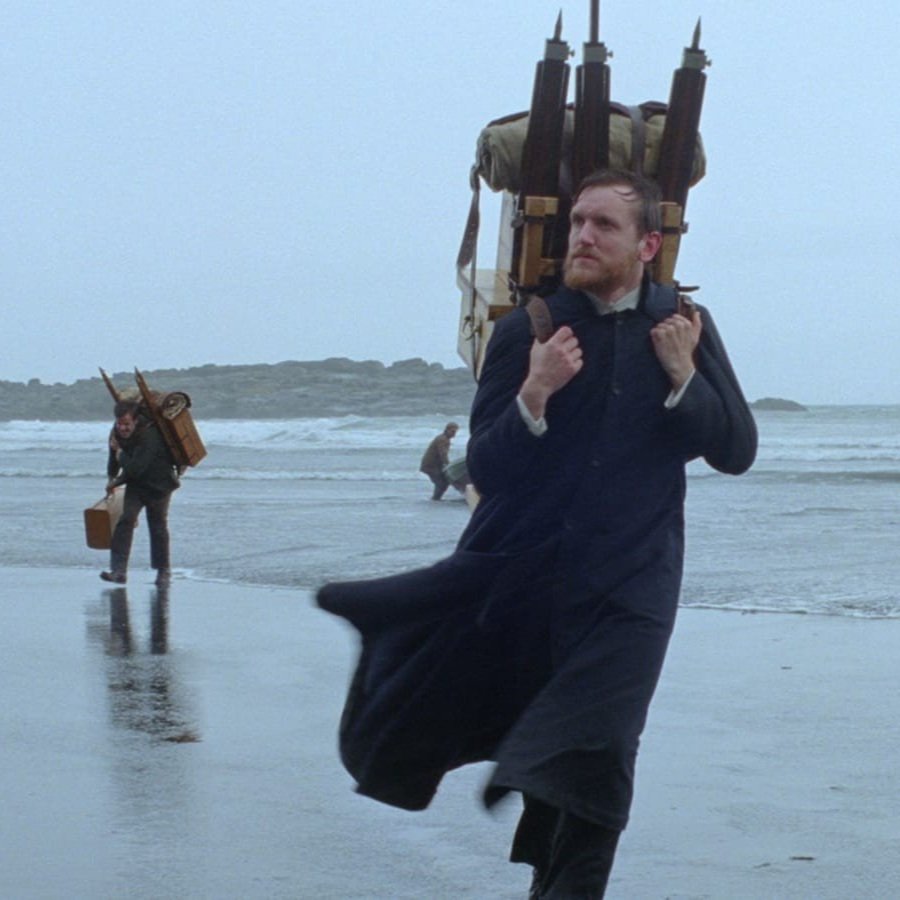A Face in the Crowd: Prescience at What Cost?
With the second Trump inauguration imminent, there will no doubt be a fresh salvo of journalism trying to expose the media that “predicted” the rise of Trump. In 2016, there was frequent reference to that one Simpsons bit that satirized the possibility of his presidential bid. As a rule, I don’t tend to believe that films can be more relevant now than they were upon release—every movie has an intended meaning in its own time (I discuss this in more detail in my review of They Live).
There is one film, though, that I believe deserves the modern parallels it often invokes: A Face in the Crowd. Released in 1957 to moderate acclaim, the film is the work of Hollywood envelope-pusher Elia Kazan (On the Waterfront, A Streetcar Named Desire) and screenwriter and novelist Budd Schulberg, whose eponymous collection of short stories the film is based on. A Face in the Crowd focuses on the meteoric rise of a jailbird from Arkansas—a huckster extraordinaire, Larry “Lonesome” Rhodes, played by Andy Griffith in his first film role. He is discovered by the producer of a local radio station, Marcia (Patricia Neal), and quickly becomes a television sensation.
Lonesome unsuccessfully peddles mattresses before pivoting to an energy pill, which he markets on television like a 1957 analogue to Viagra. It’s important to note that Kazan’s film is a satire (something audiences at the time were keenly aware of). It hinges on Griffith’s larger-than-life personality: on the outside he’s a homespun, country boy from Arkansas who serenades his viewers with folksy tunes and dubious anecdotes while on the inside rests a greedy, self-interested, snake-oil salesman with the ambition to put a strangle-hold on the American populace. In 1957, Lonesome was an exaggerated figure—a Don Juan or Harry Flashman—but today, he seems shockingly real. Note the monogram “LR” emblazoned on his tie and all over his studio.
He enlists the opportunistic second-in-command of the mattress firm Joey, a one-man test-audience in his old Arkansas jail buddy Beany, and TV writer Mel (Walter Matteau) to write and produce a TV variety show designed to warm the hearts and stoke the prejudices of middle America. Lonesome proposes to Marcia but instead marries a 17-year-old baton-twirler. All the while, Lonesome rises to public stardom and gets in bed with politicians, military generals, and businessmen. Eventually, he is offered—through the spoils system—a cabinet position: Minister of Morale, provided he helps a senator Fuller from Washington state win the presidency. How could Kazan have known that such a real-life Lonesome wouldn’t settle for the cabinet?
I describe the film’s events—barring the ending, which I daren’t spoil—because I believe it is underseen. Despite its relevance to modern celebrity culture and personality politics, it is not often mentioned alongside other classic social political satires. This is, of course, long before the time of Costa-Gavras and Oliver Stone, both of whom were informed by the upheavals of the 1960s, conditions that, in hindsight, would have probably put a more hopeful spin on A Face in the Crowd, had it come out in those years. Instead, the film posits a profoundly modern position: that television and media are the new habitat for politics. Lonesome says as much when he instructs Fuller how to capture voters in the television age. He impresses on the senator the value of simple slogans: “Change in Washington, More Bang for Your Buck.” There’s a more recent one that could slot in, we concede.
Face is a mean-spirited film. Interestingly, it released the same year as a similarly masterful and similarly acerbic cast-against-type picture, The Sweet Smell of Success, starring Burt Lancaster and Tony Curtis in a pair of truly vile roles. Though Mattheau’s character provides some hope in Face, the bleak prognostications of the film are not resolved or overturned. Kazan and Schulberg realize that no matter the fate of Lonesome Rhodes, a man just like him will climb to the top, so long as America’s disenfranchised, undereducated masses are wooed by the boob tube. Today, the internet (social media, podcasts, online ads) provides the same service television once did, and the personalities we now endure are perhaps more dangerous.
I will not divulge completely into drawing modern parallels, however. A Face in the Crowd knowingly references everyone from Arthur Godfrey to Richard Nixon. It’s informed by Elvis, personalities like Will Rogers Jr., and even demagogues like Huey Long. The generation of Kazan’s parents coincided with the success of populist candidates; William Jennings Bryan ran for president three times between the late 19th and early 20th centuries. Lonesome is as much a successor of Andrew Jackson as he is an omen of Donald Trump.
Formally, Face is an exceptionally accomplished work. It’s perfectly paced, covering the ground in two hours that today most limited series streaming shows take eight hours to do, and contains some startlingly modern compositions. There’s a shot of Lonesome in a hotel hallway outside Marcia’s door that looks like something from Barton Fink. And all of the actors are sublime—Griffith brings intensity and an odious charm and Neal deals with her character’s competing emotions throughout the film, namely her love and disdain for Lonesome. Theirs is a veritable textbook of a toxic relationship, one that seems especially contemporary.
On its own merit then, A Face in the Crowd is a Hollywood film from the finest stock, and it just so happens that its prescience and searing wit has accompanied us into our modern world. It’s a film that opens a fourth dimension of praise: What do we award a film that was so completely and utterly correct about the state of our nation? An apology, perhaps.
Popular Reviews

















